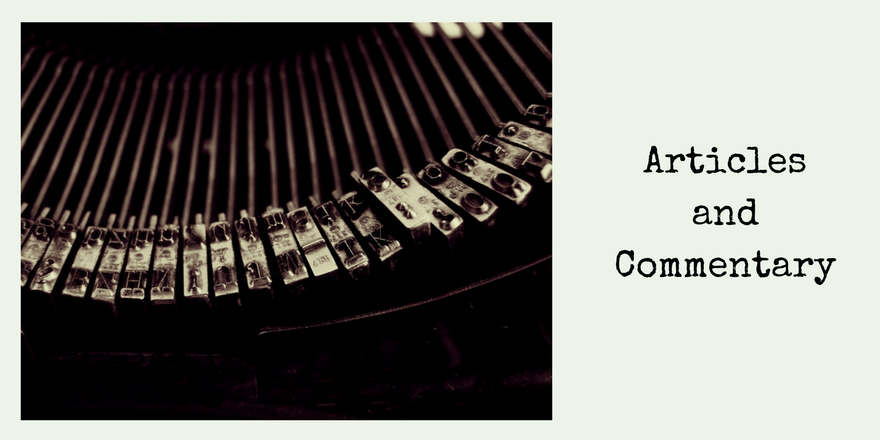March 12, 2004
Military Biography Review
American Military University
HM 261, Introduction to Military Biography
by James Landrith
Military Biography Review
American Military University
HM 261, Introduction to Military Biography
by James Landrith
Jean Edward Smith asserts that “biography is an art, not a science.”1 He supports this assertion by pointing out that a biography will “reflect the attitudes and predilections of the author, as well as the time it was written.” Smith also points out that a “skillful biographer will weave” a subject’s life into the time period the person lived. In short, a biography will inform a reader not only about the individual being written about, but also the era in which this person lived. This allows the reader to view the subject in proper context with the era in which the biography was written.
As an exception, Smith points out that military biographies usually don’t take social mores and trends into consideration. This is especially true of the subjects of military biographies whose major impacts on history occurred on the battlefield. Obvious exceptions to this rule would, of course, be individuals who attained high political appointments or offices such as Colin Powell and Dwight D. Eisenhower.
Finally, Smith makes the important point that there is a “fine line between objective biography and hagiography.” Simply put, it is easier for an author to produce a comprehensive biography of a subject he likes. While this is true, the author must take care to be mindful not to ignore the flaws and blemishes of the individual life being chronicled.
Dr. James Strassmaier of the Oregon Historical Society has several interesting observations on oral history.2 Dr. Strassmaier asserts that oral histories are “commonly pursued with a further purpose in mind,” such as creating a new recording or transcript or combining previously recorded information into additional products. Examples of such additional products include “books and articles, exhibits, films, radio programs, plays, novels, and more.” However, Dr. Strassmaier cautions oral historians to take care when transcribing oral history. He recommends that archivists urge interested parties to not only read a transcript of a production, but that they also take the time to view or listen to the original recording. This recommendation is made in order to allow the listener the opportunity to hear the words firsthand to ascertain their meaning in their proper context. In addition, transcripts tend to be shorter than audio recordings, due to the cost of transcription. This can lead to valuable and interesting information hitting the cutting room floor. Further, Dr. Strassmaier points out that video productions of oral histories can present unique problems as well. In particular, the subject may feel stage fright or a heightened awareness that may negatively affect the information conveyed by the subject. According to the Oral History Association‘s Principles and Standards, “interviewers should work to achieve a balance between the objectives of the project and the perspectives of the interviewees.” Simply put, interviewers need to ensure that their production goals don’t impede the natural flow of information from the subject of the interview. One must take care to let an interview take its natural course with minimum restrictions in order to allow unknown or little known facts or opinions reach the ears of the listener.
Catherine N. Parke makes the case that biography is “culture specific” and not universally similar in approach or style.3 Further, she classifies biographies in five categories. The first category contains popular biographies, the second contains historical biographies, the third contains literary biographies, the fourth contains reference biographies and the fifth contains fictional biographies. Parke further subdivides into two more categories. The first being majority biographies, which includes chronicles of the lives of those considered to be in the mainstream of society. The second of these categories pertains to biographies of individuals not included in the mainstream due to their race, gender or class. Finally, Parke points out that writing about a person’s life, regardless of their “gender, race, economic class, and historical period” is difficult and challenging, yet worth the effort.
Thomas Carlyle’s biographical style is packed full of information and observations, yet dramatic and engrossing. Portions of his History of Friedrich II of Prussia V 20 read more like a novel, than a dry, ’facts first’ biography.4 While Carlyle does indeed pack his writing full of details, he offsets this through creative use of dramatic flair and fluidity.
Plutarch’s style differs from Thomas Carlyle’s. Plutarch approaches his biographies in a methodical manner, utilizing the Life Cycle model. Plutarch’s Life Cycle model consists of three parts, beginning with the subject’s childhood, followed up with the subject’s career and life experiences and concluding with the subject’s death. Plutarch’s Alexander strictly adheres to this Life Cycle model.5 While the vast majority of the book covers part two, Alexander’s career and life experiences, the book does indeed cover all three parts of the Life Cycle model.
Footnotes
1 Jean Edward Smith, The Art of Biography, Marshall Lecture Series.
2 Dr. James Strassmaier, Production In Oral History, Oregon Historical Society.
3 Catherine N. Parke, Biography: Writing Lives (New York: Twayne, 1996).
4 Thomas Carlyle, History of Friedrich II of Prussia V 20, (Project Gutenberg, 2000).
Smith, J. (2002) The Art of Biography
Marshall Lecture Series. Retrieved March 3, 2004, from http://www.marshallfoundation.org/educational/lecture_series.htm
Strassmaier, J. Production In Oral History.
Oregon Historical Society. Retrieved March 3, 2004 from
http://www.ohs.org/collections/oralhistory/Oral-History-Essays.cfm
Parke, C. (1996) Biography: Writing Lives
New York, NY: Twayne Publishing.
Carlyle, T. (2000) History of Friedrich II of Prussia V 20.
Project Gutenberg.
Plutarch, Alexander.
Retrieved February 25, 2004, from
http://www.bookrags.com/books/plivs/PART47.htm
{mos_sb_discuss:2}

